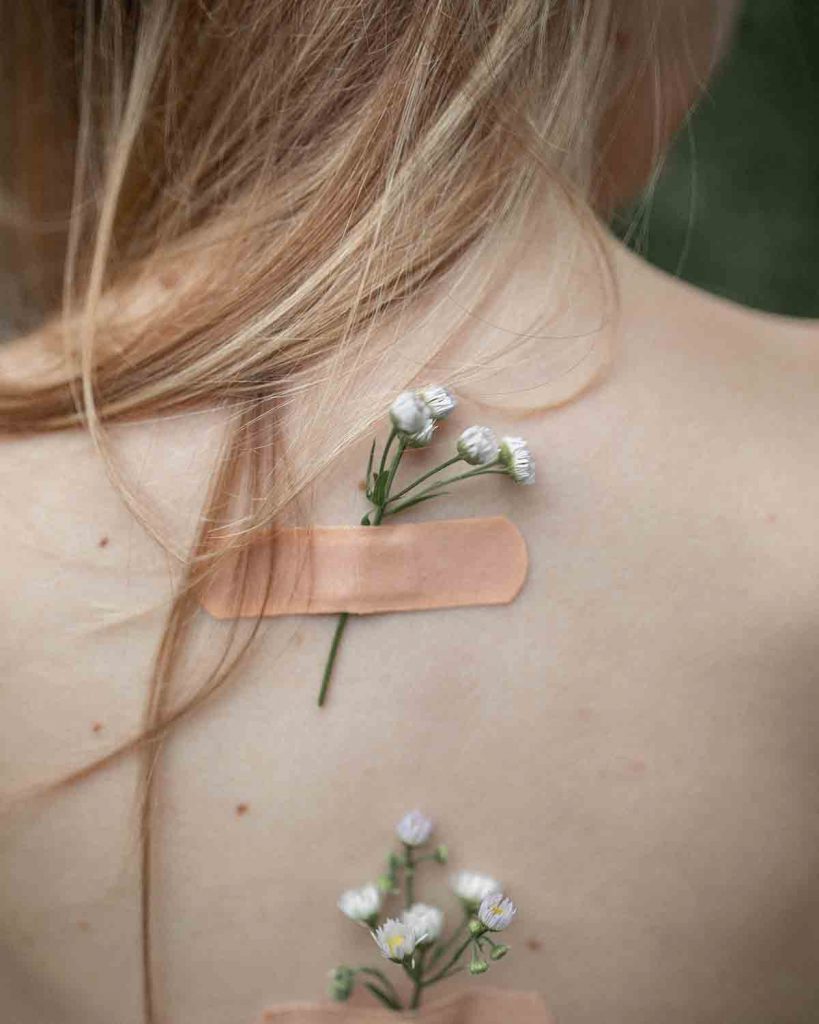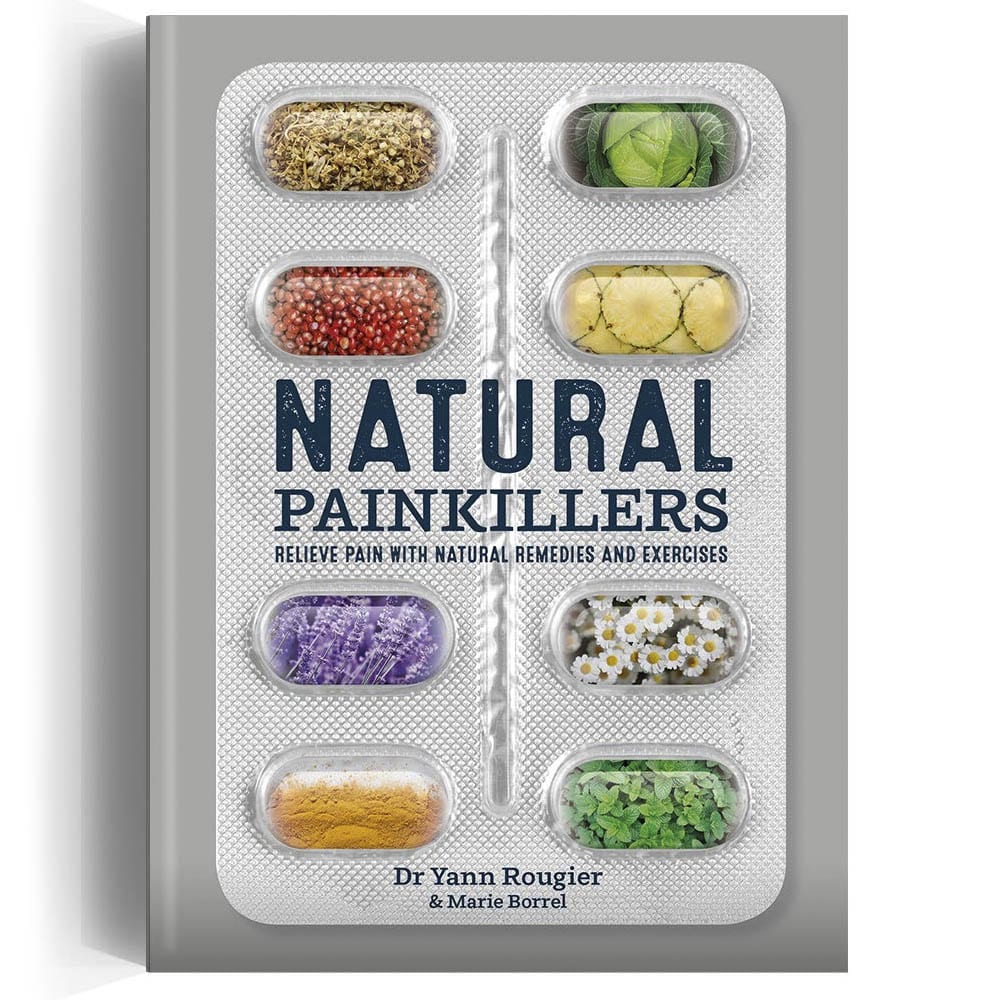When you are assessing your cupboards and deciding on their level of sustainability one thing that is commonly overlooked is the first aid kit. There are lots of eco-friendly first aid essentials you can make at home. It is generally accepted that with medicine and healthcare comes an unavoidable amount of packaging and plastic. To some extent, this is to be expected as sterile precautions need to be taken and there are times when plastic has its place. However, there are still some sustainable alternatives that you can keep in your home should you need them.

Eco-Friendly First Aid Essentials
Bandages
These make for a great eco-friendly swap.
Another great tip is to ensure any gauze you buy is made from 100% cotton as these will be completely compostable. Gauze that is derived from cotton sadly will not be.
Don’t forget band-aids are typically not biodegradable and not often needed. Try to avoid using them if it is not a necessity. If a cut continues to reopen or needs to be covered then use clean organic cotton, which can be tied or fastened with a stainless steel pin.
Aloe Vera
Burn gels and cooling creams are often other popular features in a home first aid kit. There are however other natural remedies that can have the same effect without leaving behind the same environmental footprint. Aloe Vera is the perfect example of this. Aloe Vera is great for a variety of burns, particularly sunburn. It is soothing in nature and has healing properties that can help promote the healing of cuts and scrapes. One of the other great things about Aloe Vera plants is that they are low maintenance and make for great houseplants.
Aches and pains
Before reaching for the paracetamol or otherwise plastic-wrapped painkillers consider whether some more natural remedies may be able to help first. Reusable metal cold packs or ice bags are a great no-waste option, that can be applied to swellings, injuries, and sore muscles. Alternatively, you may benefit from heat therapy, and applying a hot water bottle can offer up some pain relief. Apply your hot or cold treatment to the area for thirty minutes and be sure to place some form of barrier between your skin and the therapy you are using.
First aid course
Of course one of the best things you can do to put yourself in the best position possible to deal with home emergencies is to undertake a first aid course. To keep your carbon footprint to a minimum look to providers such as MyCPR NOW who can offer training virtually allowing you to learn the skills you need without having to leave your home to do it.

You might enjoy reading:
From a mild headache to crippling arthritis, pain is part of many people’s everyday experience. But there is a natural alternative to pharmaceutical medicine. This book is your indispensable guide to relieving pain the natural way, using a wide variety of methods including breathing and relaxation techniques, diet, yoga, massage, herbal poultices, balms, compresses, teas and rubs. Did you know pineapple has anti-inflammatory properties? And peppermint can relieve a headache? Or that you can alleviate joint pain by massaging specific points on the wrist? Featuring key insights into understanding pain and why we feel it, plus scientifically proven techniques that can help make it go away, this essential handbook is your painkilling arsenal for combating a whole range of common ailments. Colour illustrations throughout
Photography by Taisiia Stupak




